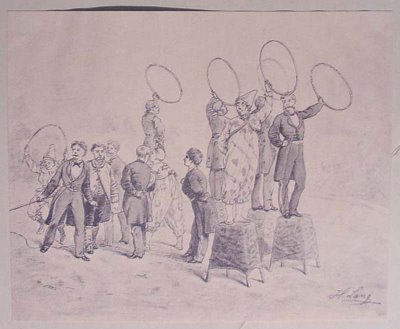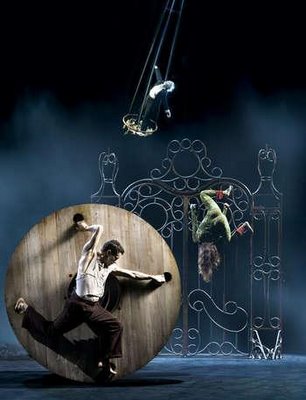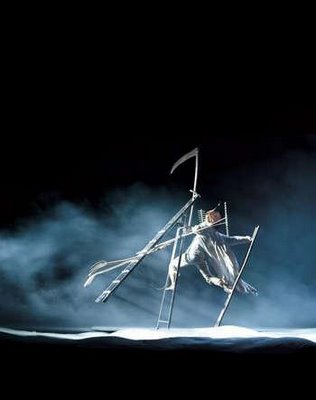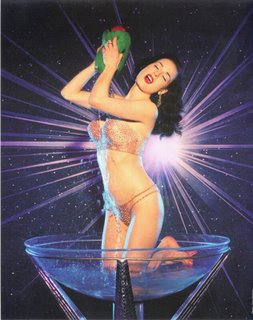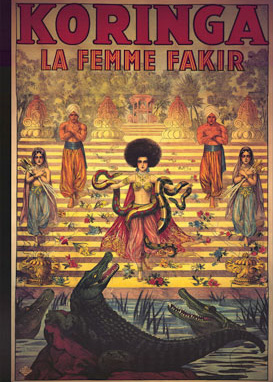

There was a time when
the experience of live entertainment assured the same thrills and fascination of the movies. Look at those posters: in the early 20s they gave you the same expectation of a Tarzan flick, but with the promise that Koringa was supposed to be alive, and all her beasts too.
Who was Koringa? Where she came from? She could have been the daughter of a maharajah abandoned in the jungle and raised by reptiles; why not the last empress of a lost amazon tribe; or a true goddess fallen from the olympus of magnetists offering to the earth the gift of her supernatural powers.
How she left the lost doomed temple where she used to live, arriving to the small vaudeville house just around the drugstore?
Little is known about the origins of the “only fakir woman in the world”. All what we were able to unveil, is that in the real world she was probably French. She started as an assistant of Blacaman (another kind of a legend), interpretating one of the nurses during his fakir acts. We believe that the Koringa reptiles act was put toghether as a sort of second unit of the Blacaman company.
More on Koringa in the next few days.
Who was Koringa? Where she came from? She could have been the daughter of a maharajah abandoned in the jungle and raised by reptiles; why not the last empress of a lost amazon tribe; or a true goddess fallen from the olympus of magnetists offering to the earth the gift of her supernatural powers.
How she left the lost doomed temple where she used to live, arriving to the small vaudeville house just around the drugstore?
Little is known about the origins of the “only fakir woman in the world”. All what we were able to unveil, is that in the real world she was probably French. She started as an assistant of Blacaman (another kind of a legend), interpretating one of the nurses during his fakir acts. We believe that the Koringa reptiles act was put toghether as a sort of second unit of the Blacaman company.
More on Koringa in the next few days.


